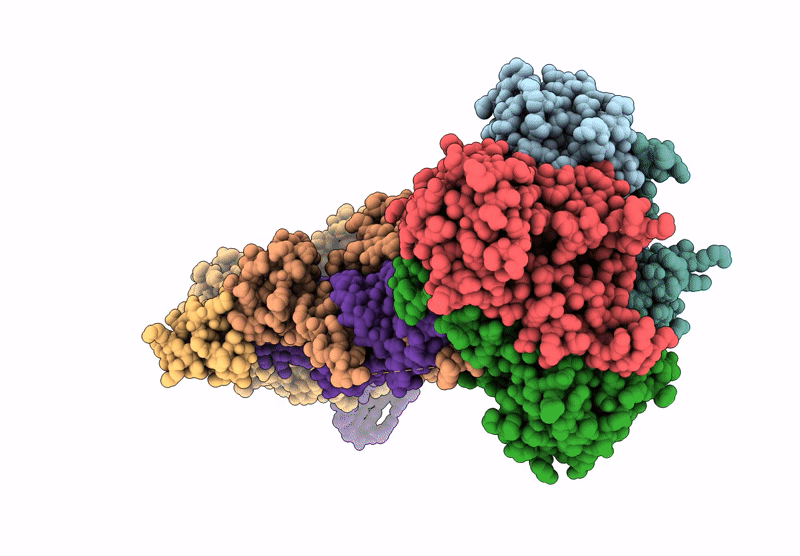
Deposition Date
2024-01-22
Release Date
2025-01-08
Last Version Date
2025-12-10
Entry Detail
PDB ID:
8RR4
Keywords:
Title:
Human mitochondrial RNase Z complex with ELAC2-D550N catalytic mutant with ordered flexible arm and tRNA-Tyr precursor - (Composite model)
Biological Source:
Source Organism:
Homo sapiens (Taxon ID: 9606)
Host Organism:
Method Details:
Experimental Method:
Resolution:
3.20 Å
Aggregation State:
PARTICLE
Reconstruction Method:
SINGLE PARTICLE


